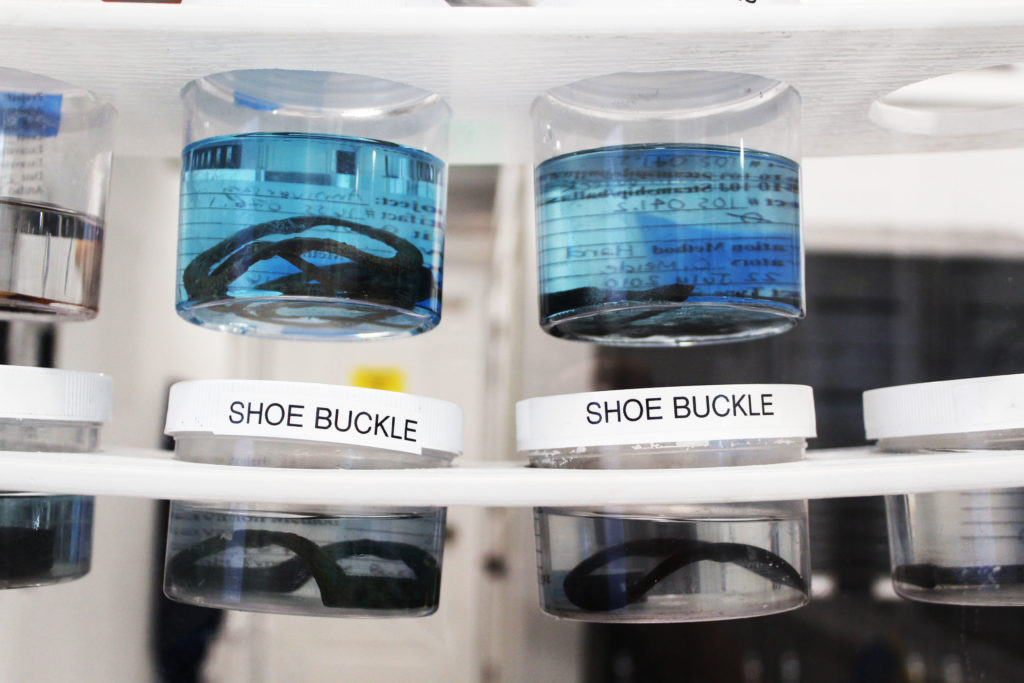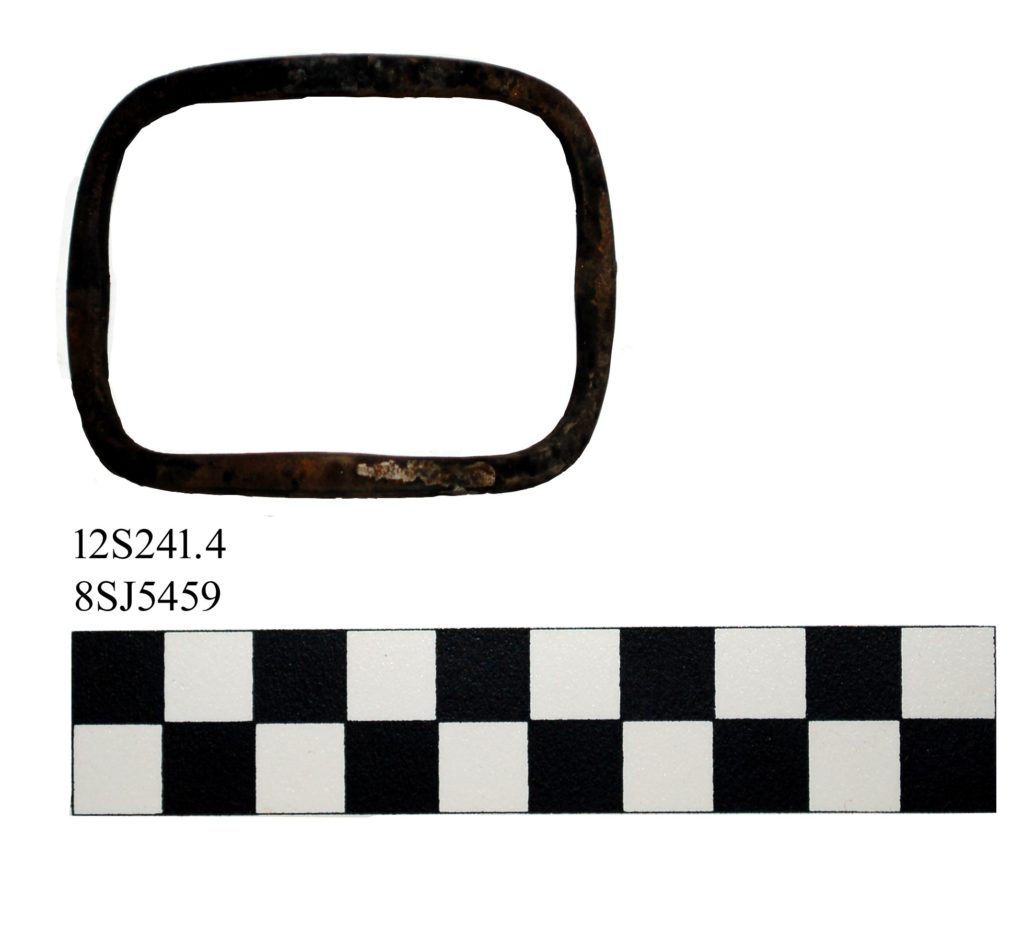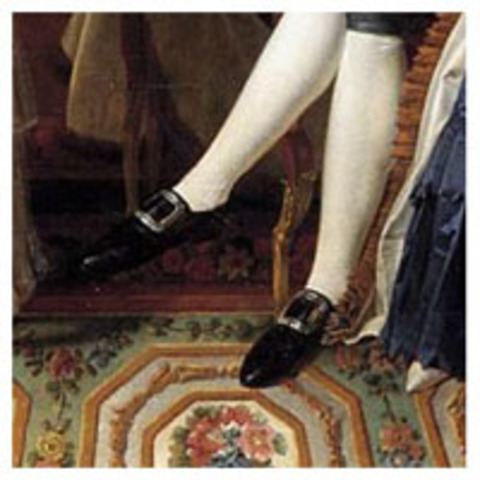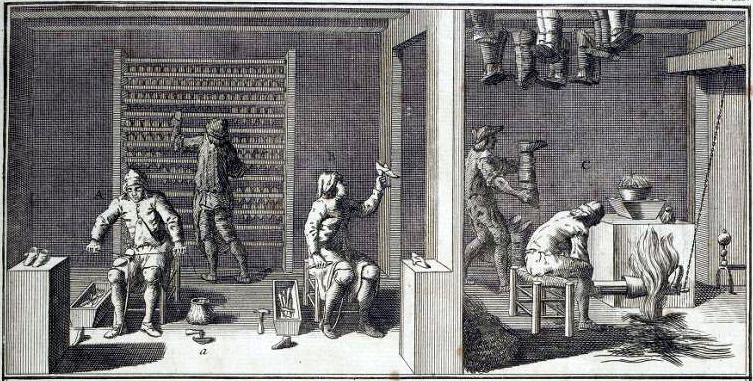
These shoe buckles are on view in the Conservation Lab at the St. Augustine Lighthouse & Maritime Museum.
By Elise Carroll
Assistant Archaeological Conservator
Many significant pieces of history are often over looked because of the regularity of the items occurring. Bright, shiny, seemingly significant objects, such as cannon and coins take center stage, while mundane utilitarian items are often overlooked because of their everyday use. Unsurprisingly, many of the archaeological sites we here at the lighthouse study contain these “significant” items, but they are not the only artifacts that catch our attention!

The image above is of copper shoe buckle that is on display in the window of the Conservation Lab at the St. Augustine Lighthouse & Maritime Museum.
Common, everyday items, such as shoe fragments, can tell you more about the specific individuals aboard our wrecks than many of these more popular, significant items. Many of these items are plain, while some are ornate and decorated. These everyday items can provide the researcher with an estimation of class, sex, and potential origins of the members aboard a vessel.

Example of men’s shoes with a buckle from the 1700s. Source: www.timetoast.com
On many of the sites we study, including Storm Wreck, Anniversary Wreck, and Tolomato archaeological site, items associated with footwear commonly occur. Footwear should be expected because of the regular occurrence of the items throughout history. Specifically, we have found metallic and the leather fragments of footwear.
Leather footwear contained a specific trend, beginning in the seventeenth century. A piece of history, presently associated more commonly with feminine shoes, the elevated shoe heel, originated with the French King Louis XIV and his need to create a more imposing presence by increasing his height. After this, this piece of fashion slowly began to emerge into lower and middle class societies. At the Tolomato site, we have found an intact fragment of leather shoe heel that contains wooden pegs. These wooden pegs would have been used to fasten the leather layers together creating the desired lift in the heel.

The image above depicts a shoemaker’s shop. Source: “Plate 3” Art du cordonnier. Garsault, François-Alexandre-Pierre de. 1767. Paris, France. Image provided by Bibliothèque Nationale de France, Département Réserve des Livres Rares and Gallica.
Shoe buckle fragments have also been found on our archaeological sites. Shoe buckles are comprised of different pieces, a loop, chape, tongue, and a pin. On our sites, we have only found the shoe buckle loops, the most substantial part of a shoe buckle. The loops have been comprised of both copper and pewter based materials. Some of the shoe buckle loops are plain and fairly non-descript, while others are ornate with patterns. Many of these loops are desalinating, or removing the salt from the item, in the window of the Conservation Lab for our guests to see. The salt from the desalinating cupreous loops cause the solution to turn deep blue, which is always fun for guests to see!
These shoe fragments are not the only shoe related materials found on site. We just discovered a piece of shoe sole in our dredge spoil! However, the shoe sole is very modern (known to us as “modern intrusive”). Though the modern shoe fragment does not really tell us much about the historic wreck itself, it provides us more information for our site formation process theories, which is also important for archaeologists. Shoes, though not the most impressive or grandiose of artifacts, play a significant role in history and allow us to step back in time.

